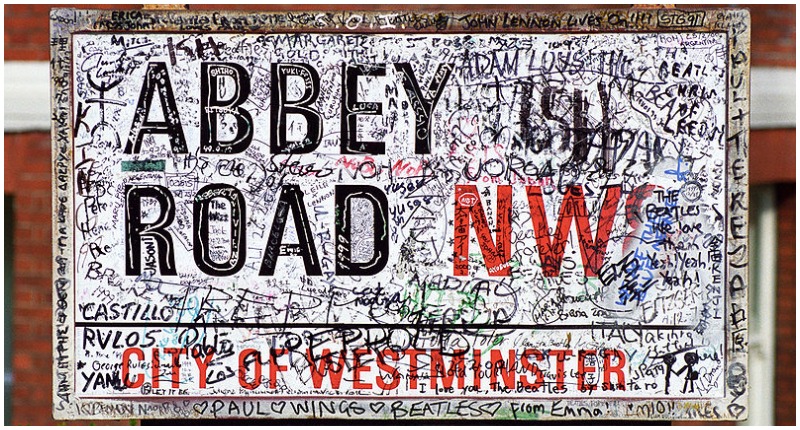We simply cannot talk about albums such as Revolver or The Dark Side of the Moon without mentioning the legendary EMI recording studios at 3 Abbey Road, St John’s Wood, London, England.
Abbey Road Studios rose to prominence after producing some of rock ‘n’ roll’s pioneering bands, such as the Shadows, Manfred Man, and The Zombies, quickly becoming “the place to be” when it came to both quality and quantity.
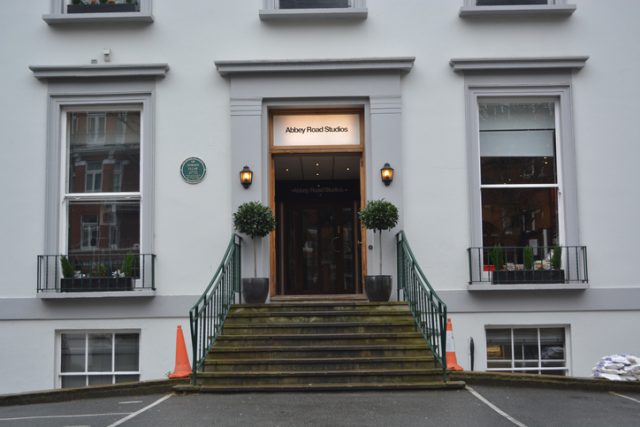
It was a place of merging technology and art, and while many artists sprang from the chambers of Abbey Road, a number of professionals also learned their trade there, becoming cutting-edge sound engineers whose work would condition the booming of the music industry.
Among them was Ken Scott, who first entered Abbey Road in 1964 as a sixteen-year-old, just in time to witness the birth of the worldwide phenomenon that was The Beatles. Rising through the ranks, he went from being employed as an assistant in the tape library to full-time sound engineer by 1967.
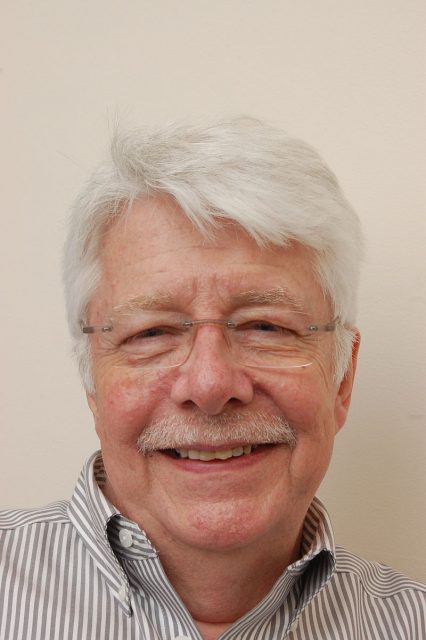
From that point on, he knew that his life would revolve around rising talents as well as veterans of the music industry and that his skill could decide on the fate of many records.
In an interview for Noisy in 2015, Scott looked back to the early days of Abbey Road history, with insider stories from various recording sessions which took place there.
With Scott as navigator, the interview meanders through the unknown history of the EMI studio at Abbey Road, as it ventured from recording classical music in the 1930s to becoming the powerhouse of rock ‘n’ roll in the ’50s and ’60s.

However, not much remains from the early period, apart from records and an oral history of several accounts which were deemed worthy of retelling:
“The one [story] that has stayed in my mind, unfortunately not very well, was about doing some recordings in a far off land with indigenous musicians playing their local style of music. This was in the days of going direct to disk, and the speed of the turntable was controlled by a weight falling at a constant speed. Unfortunately, the engineers doing the recordings really had no idea how long any given piece of music was so they had to keep their fingers crossed that the musicians would finish before the weight reached the ground.”

By 1958, the collaboration with Cliff Richard and the Shadows would change the direction of the studio completely. The emergence of The Shadows was truly a landmark in rock ‘n’ roll history ― slick, well-dressed, creative and above all, masters of their instruments ― they were the crucial ingredient which influenced the upcoming generation of bands.
Another tectonic shift which also happened around that time was that the Abbey Road studios became available for bands who weren’t signed with EMI Records. The label started renting both space and the staff to emerging artists who weren’t obliged to sign anything in return.
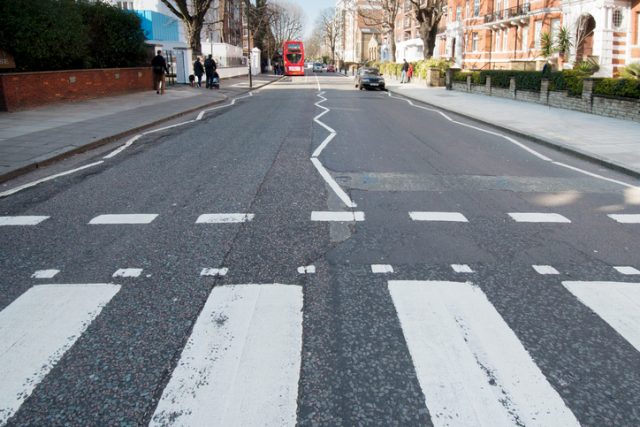
This meant that unsigned artists could record a demo which would perhaps launch them into stardom. Anything was possible in the early days, and as Scott remembers, those were the glory days of music:
“EMI Recording Studios had so many great people working there… the experimentation they did for the Shadows and the early Beatles to Geoff Emerick and Alan Parsons with their work on later Beatles and Pink Floyd. Plus the electronics engineers…who invented ADT (Automatic Double Tracking). The place, the people, the acts and that wonderful time in history. It all came together and gave the world a legacy which will probably never be equaled.”
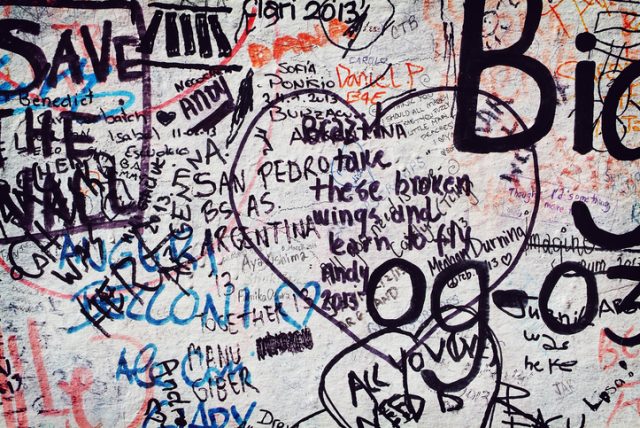
He personally collaborated with The Beatles on several occasions, contributing to their fantastic rise to fame, and witnessing how overnight recording went from being an almost non-existing trade to one of the most appreciated jobs in the UK.
Furthermore, The Beatles helped put Abbey Road on the map, giving it prestige and a reputation that soon landed them deals with many more promising artists of the time.
However, that’s not all. According to Scott, The Beatles were also responsible for making “the general population aware of the recording process and the importance of the studio and its personnel.”
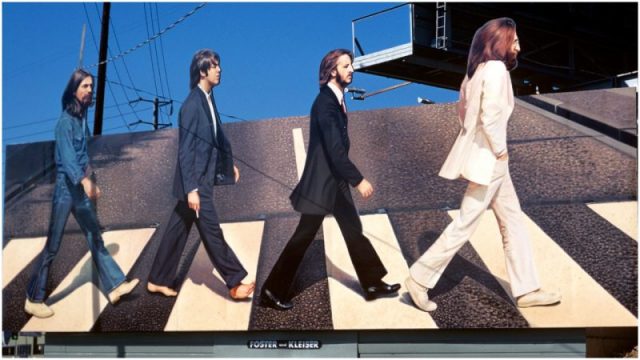
Being at the epicenter of the British record industry, Scott was indeed a lucky soul. He recalled the experience of working with the lads from Liverpool who went on to conquer the world:
“Incredible. Awe-inspiring. Boring. The best pick up line any male could ever have. I was 16-years-old and working with the biggest band in the world. There really is no other way to describe those sessions, for me anyway, than amazing.”
Although Abbey Road truly proved its worth, it wasn’t long after The Beatles recorded their critically acclaimed White Album in 1968 that another shift in management occurred. By mid-1970, Abbey Road had shifted its resources into producing film music, collaborating with composers such as John Williams.
Although this was a new era for the studio, Ken Scott joined the recording team of Trident Records. At Trident he excelled and continued collaborating with renowned stars like David Bowie, Elton John, and Duran Duran.
Read another story from us: Paul McCartney back at the Abbey Road crossing
As for Abbey Road, it went through various transformations and changed hands over the years, but it continues to operate on the forefront of music production, forging new and exciting artists while nurturing its relationships with veteran musicians whose work has long been part of Abbey Road history.
